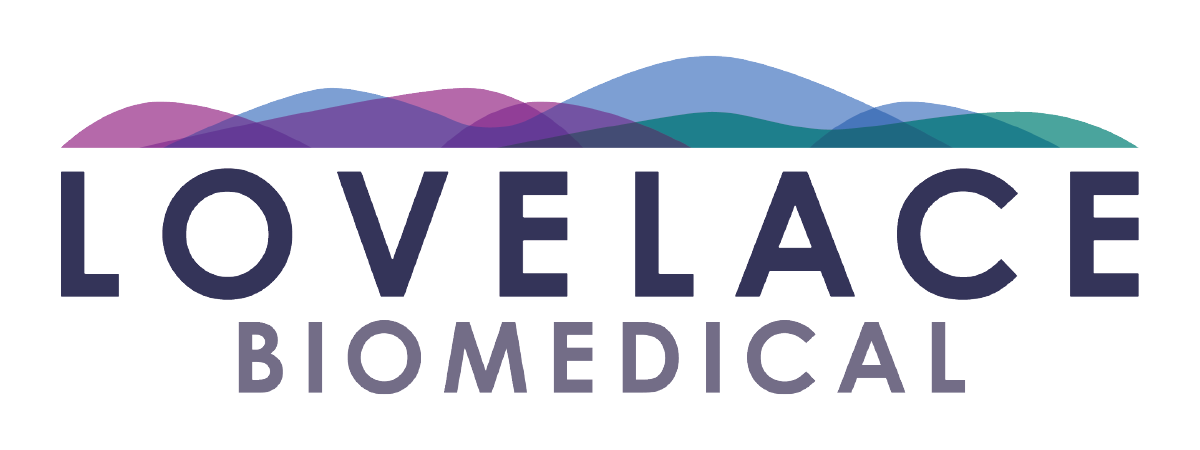About Us
Lovelace Biomedical is a not-for-profit contract research organization with a rich history of helping its pharmaceutical and biotechnology partners achieve great things. Over nearly seven decades, we have built a reputation for leveraging a multidisciplinary toolset to push the limits of preclinical research all while offering a streamlined customer experience, with fast, direct and personal access to our industry-leading scientific experts.
As a non-profit, Lovelace Biomedical invests and partners with our basic science partners that help deepen our bench. This includes our Lovelace Biomedical Research Institute basic science division that focuses on respiratory and infectious disease along with aerosol science. Our Mind Research Network Division performs research on clinical and nonclinical neuroscience.
How We're Different
Our common-sense organizational structure enables quick turnaround on proposals and contracts, and the ability to adapt our business process to our clients’ unique research needs.
Importantly, as a not-for-profit research institute, we are beholden to science and not shareholders. We invest generously in basic science and cutting-edge technologies so that we can help you accomplish your research objectives, no matter how complex.
Our Facility
Located on an expansive bio-secure facility in beautiful Albuquerque, New Mexico, we are equipped to handle just about any preclinical program, from investigational gene therapies to infectious disease solutions. We work hard to understand your goals and get you to where you need to be.
Our Mission
At Lovelace Biomedical, our mission is to deeply understand every client’s goals and design unique research programs that advance novel therapies into clinical testing. We thrive on solving complex challenges, but we give the same level of rigor and attention to seemingly straightforward studies that are just as critical to regulatory success.

